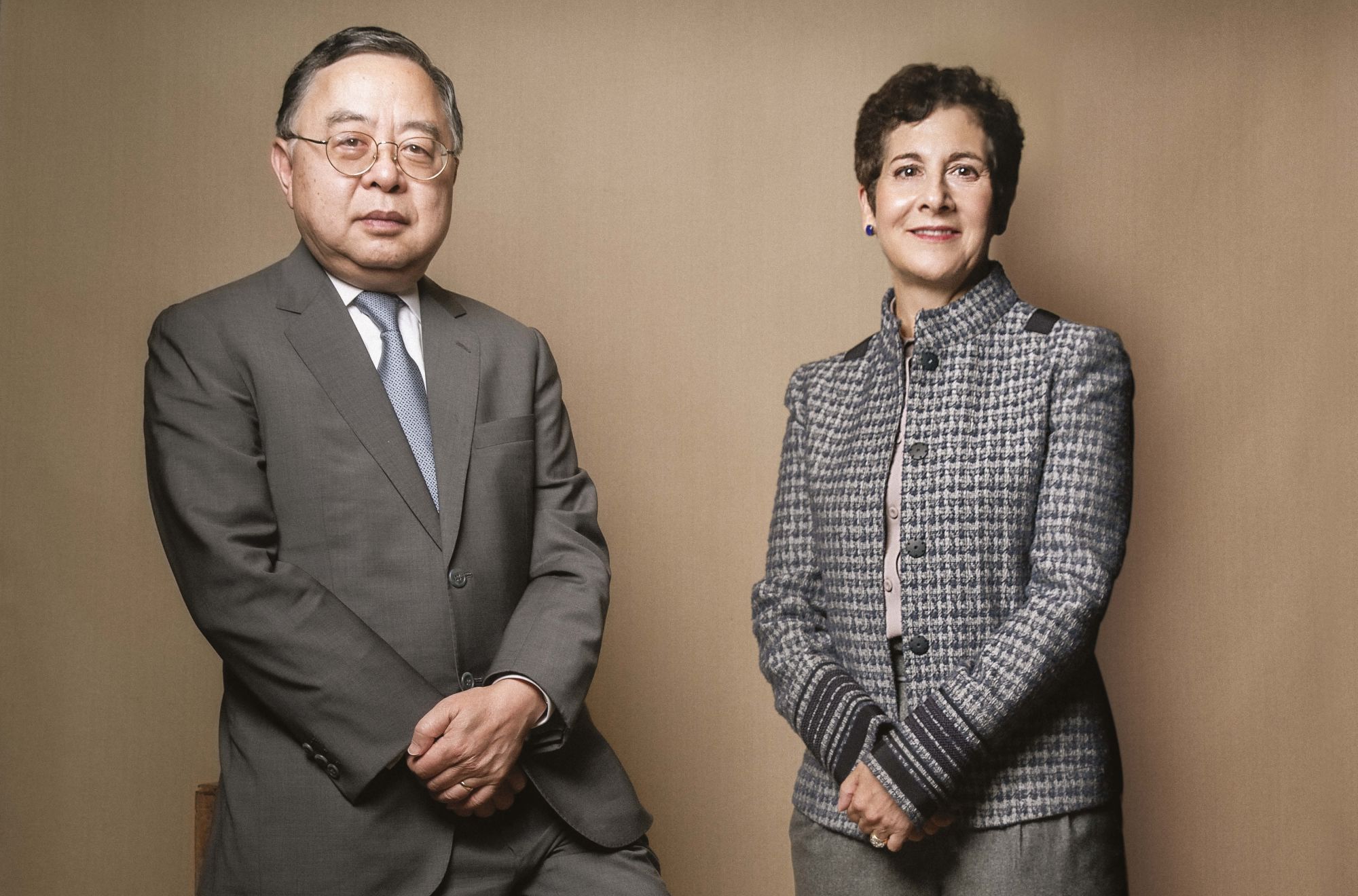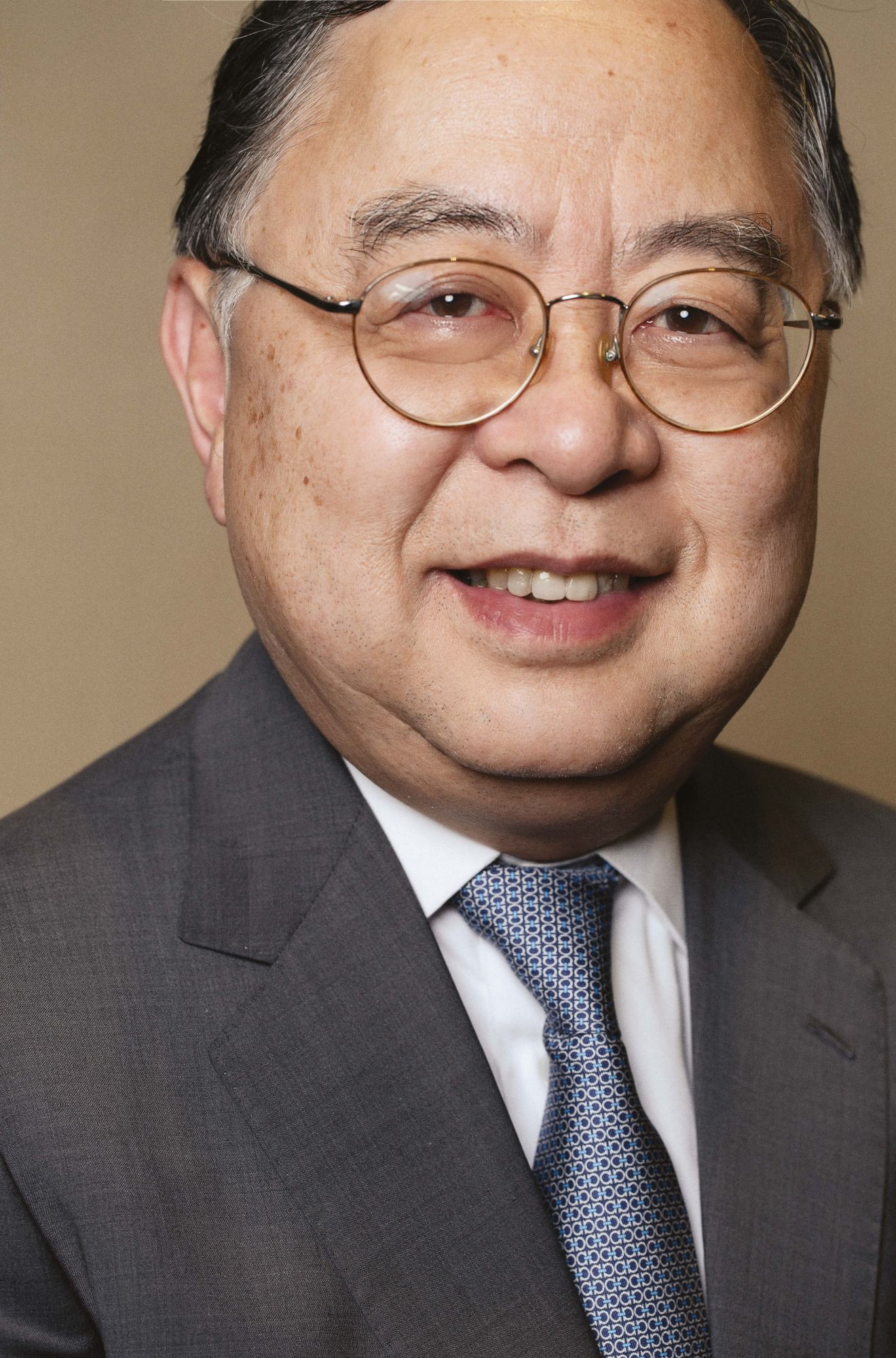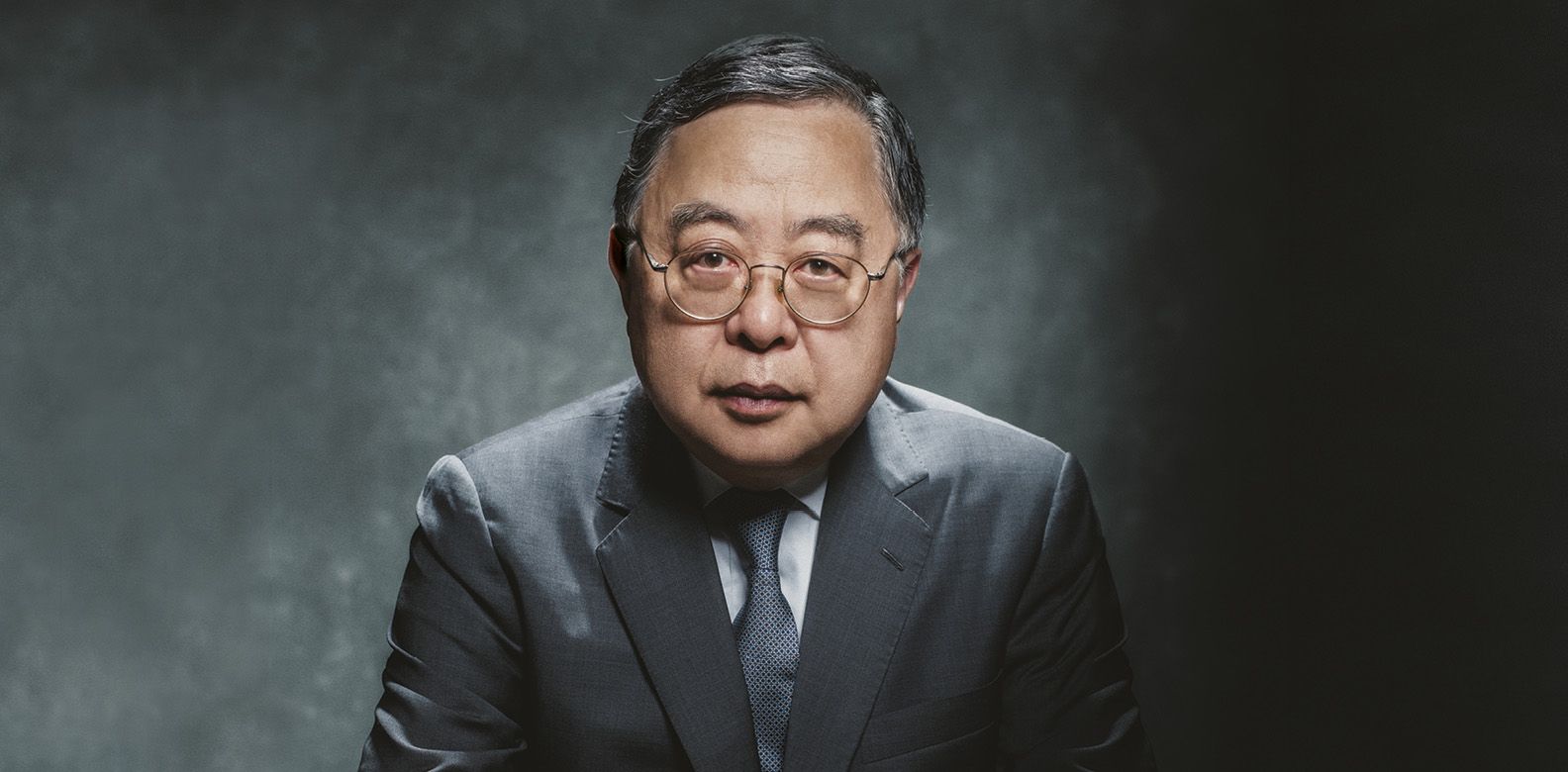While benefactors generously spread billions across Asia, a range of factors limits the potential good. Ronnie Chan and Ruth Shapiro talk about revolutionary research and strategies to promote excellence in Asian philanthropy
It takes a lot of courage to ask the famously fiery property tycoon and philanthropist Ronnie Chan for a favour, yet Ruth Shapiro asked not once, but twice. “The first time Ruth knocked on my door was in the ’90s,” remembers Chan, chairman of the Hang Lung Group. “Ruth said, ‘I’d like to set up an Asian business initiative. There are a lot of businesses in Asia that have been rising and successful, yet there are very few organisations that are pan-Asian for business leaders to come together.’ So, from 1997, Ruth and I worked together for maybe a decade in order to build up the Asia Business Council.”
The second time Shapiro came calling, it wasn’t about helping individuals, businesses and economies to generate more money. Instead, Shapiro wanted to find ways to encourage people to give their money away. “A few years later, Ruth knocked on my door again. I thought I’d got rid of her,” Chan says with a laugh. “Ruth said to me, ‘I think we should create a Centre for Asian Philanthropy and Society (CAPS). A lot of people have made a lot of money in Asia; it’s time perhaps for them to give back to society—and many of them are trying to do exactly that. So now is the time to do something regarding Asian philanthropy.’”

So, in 2013, CAPS was born with the goal of improving the quality and quantity of philanthropy and social delivery organisations across Asia. Shapiro, who is now chief executive of CAPS, leads a team of researchers whose work is funded by Chan and a handful of other leading philanthropists, including Tung Chee-chen and Victor Fung. CAPS is one of many philanthropic projects supported by Chan, who leads his family’s Morningside Foundation and is perhaps best known for his record-breaking US$350 million donation to Harvard.
While Chan continues to be philanthropic in conventional ways—by making donations, sitting on boards and more—both he and Shapiro hope that CAPS will shake up the ways in which philanthropy is conducted around the region. “CAPS is the first organisation of its kind really in the world—there’s very little objective research done into philanthropy in Asia,” Shapiro says. “So we’re learning a lot, but our goal is to increase both the quality and quantity of all kinds of social investment throughout Asia. Not just philanthropy but CSR [corporate social responsibility], impact investing, other types of ways to invest private money into making the world a better place.”
See also: The Next Step With Angie Ting




